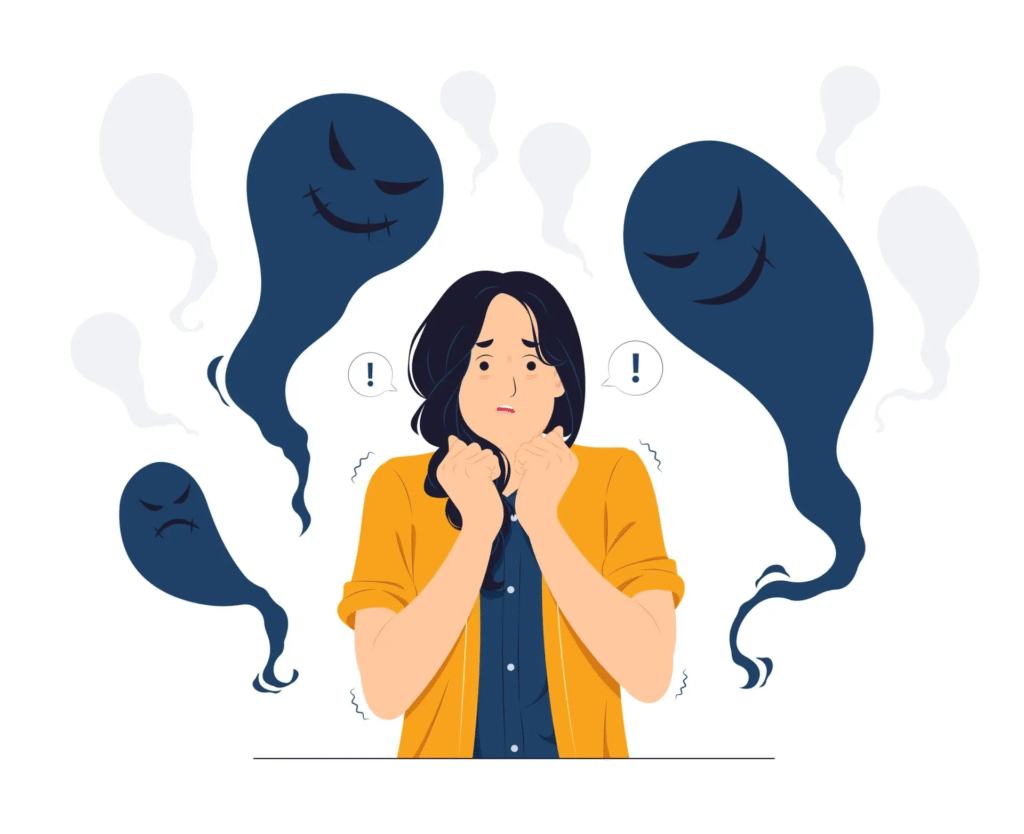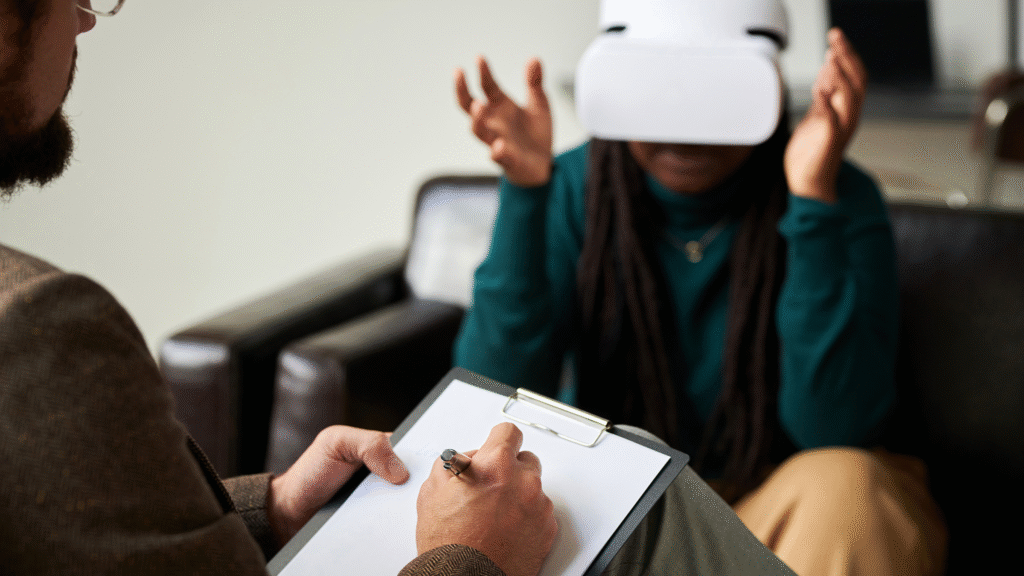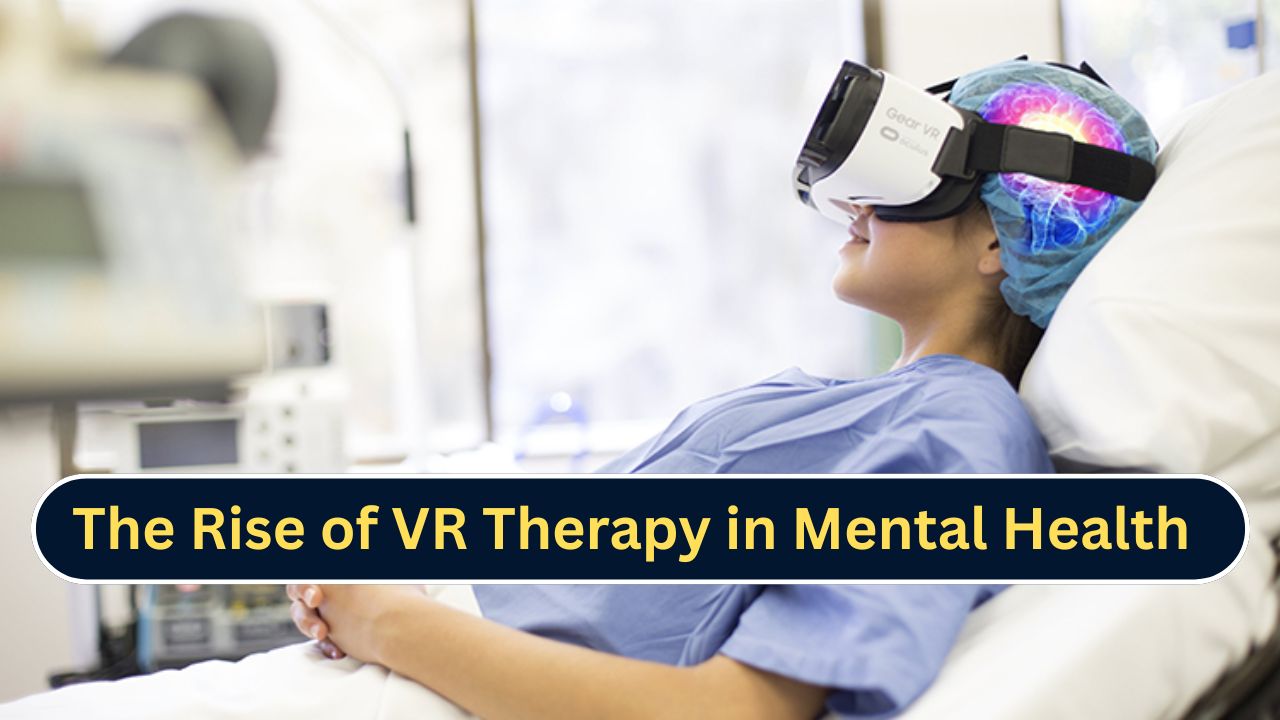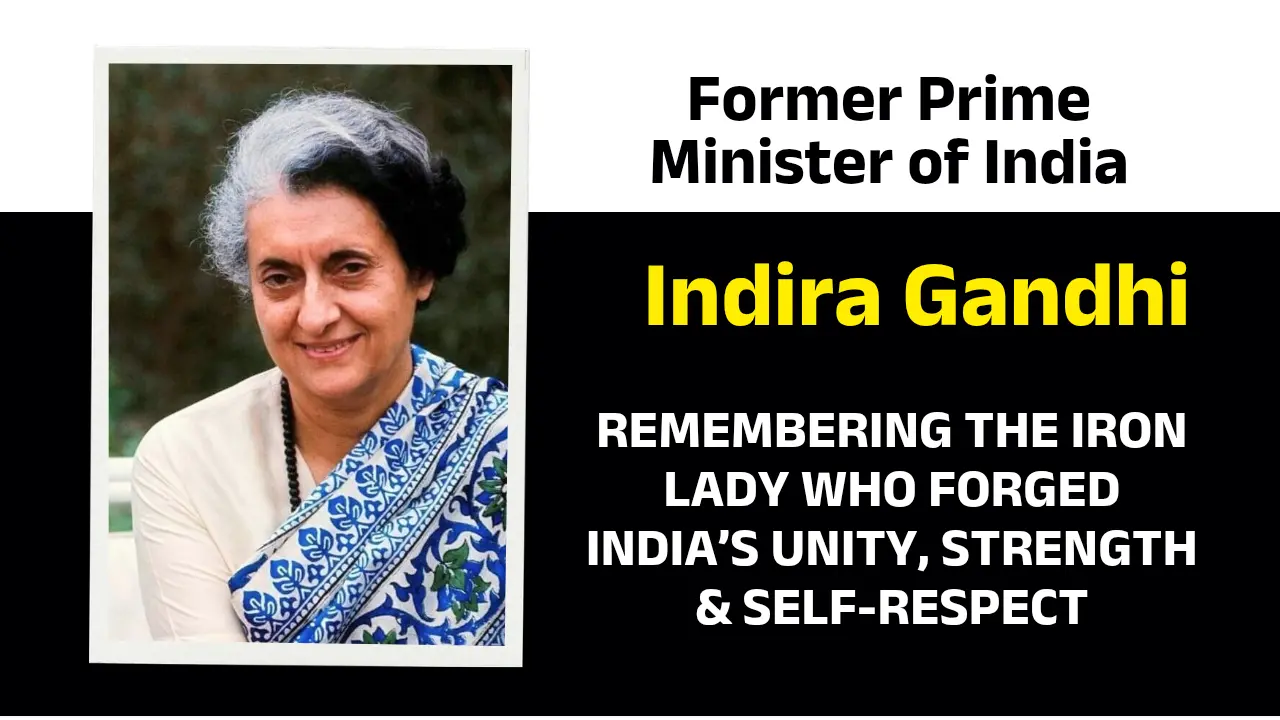In mental health care, VR is emerging as a cutting-edge approach that is reshaping modern healthcare practices. By creating immersive, interactive environments, experts believe that VR therapy offers a safe and controlled way to confront fears, practise coping strategies and improve emotional well-being. This article reviews VR therapy and its applications in the mental health sector.
What is VR Therapy?
Virtual Reality therapy harnesses digital modelling to produce convincing three-dimensional environments. Patients wear a VR headset, which immerses them in a controlled, interactive scenario tailored to their therapeutic needs. This can range from walking through a calm forest to confronting phobias or revisiting triggering situations in a safe space.
Unlike traditional therapy methods that rely on imagination or verbal discussion, VR enables direct exposure to scenarios, making treatment more tangible and impactful.
Key Applications in Mental Health
There are various applications of VR in the medical sector, most prominent being in the health sector such as:
Treating Phobias and Anxiety Disorders
Exposure therapy is gradually confronting the patient with feared situations. Therapists often rely on it as a trusted treatment for anxiety and fear-related conditions. VR offers a safer, more accessible version of this approach.

For example, someone with a fear of heights can practise standing on virtual balconies, while a patient with social anxiety can rehearse public speaking in front of a simulated audience.
Post-Traumatic Stress Disorder (PTSD)
VR therapy allows PTSD patients to revisit traumatic experiences in a controlled environment, helping them process emotions and reduce avoidance behaviours. The Bravemind VR system, developed at the University of Southern California, is used to help military veterans confront and reframe combat-related memories, leading to significant symptom relief.
Pain Management
Immersive, engaging VR experiences distract the brain from pain signals, reducing discomfort without medication.

As the term suggests, VR is used only to divert thoughts about pain. In doing this, patients may be shown various imagery to divert attention.
Depression and Stress Reduction
VR mindfulness and relaxation apps are supposedly helping individuals manage depression and stress. In this again, via imagery and serene visuals such as a beach at sunset or a tranquil Japanese garden, patients are made to practise positive visualisation. This may significantly lower stress hormone levels and improve mood.
Also Read: Understanding the Chikungunya Virus: Symptoms, Prevention, and Treatment
If we analyse carefully, this is akin to someone watching a series or movies that transport one elsewhere momentarily, but do not tackle the problem at the root. Therefore, VR-based treatments are also a temporary escape, not a real solution.
Cognitive Rehabilitation
For individuals with brain injuries or neurological conditions, VR-based exercises can help improve memory, attention and problem-solving skills.
Does VR Therapy Really Work?
VR therapy is pitched as a positive therapy in the medical market due to its ability to create a sense of presence, that is the feeling of actually being in the simulated environment. By creating lifelike experiences, VR stimulates emotional and bodily responses that support therapeutic outcomes.

Additionally, VR companies argue that VR allows for:
- Controlled exposure: Therapists can adjust intensity levels gradually.
- Safety: Patients can confront challenges without real-world consequences.
- Repeatability: Scenarios can be revisited as often as needed for progress.
However, what most don’t observe here is that this treatment like most mental health is temporary and does not address the core of the particular mental health challenges. Instead, it relies on diversion techniques. Therefore, though VR therapy may have evoked some positive changes in a patient’s life temporarily, whether it can cure a patient is questionable.
Benefits and Challenges
Here are some benefits and Challenges of VR therapy:
Benefits
- Accessibility: Therapy sessions can now be delivered remotely using compact virtual reality headsets.
- Engagement: Interactive elements keep patients motivated.
- Personalisation: Programmes can be customised for individual needs.
Challenges
- Cost: High-quality VR headsets and software remain expensive for some clinics. This compartmenlises the treatment only for those who can afford it.
- Technical barriers: Not all patients are comfortable with new technology.
- Ethical concerns: Privacy and data security must be safeguarded when collecting patient information.
- Effectiveness: No longer term results or cure from mental illnesses.
VR Therapy: Temporary Distraction or Lasting Solution?
The potential of VR therapy seems more like a market driven-momentum, than driven by genuine long-lasting results.
With the rise of affordable headsets like Meta Quest and advanced software platforms, therapists may soon be able to offer VR sessions as a standard option. Integration with AI could make experiences even more adaptive, responding to a patient’s heart rate, speech patterns and emotional state in real time.
But again, as is always with technology, is VR therapy a solution or distraction? A solution that offers no solid results and is just based on diversion techniques. At best, it offers temporary relief through diversion – an elaborate make-believe that masks symptoms without addressing their source. The real crisis of our time is not merely the rise in anxiety or depression, but the deeper void of purpose and fulfillment in human life.
Humanity’s deep stress, discontent and misery stem from losing sight of the true purpose of this rare human life. Lasting peace and true liberation cannot be engineered in a headset, it is realized by embracing the eternal path of True Worship, bestowed by a Tatvdarshi Sant.
The Worship That Outshine Every Therapy
Jagatguru Tatvdarshi Sant Rampal Ji Maharaj, the only Complete Saint in the world today, bestows a form of worship that is perfectly aligned with our holy scriptures. This divine method stands so far above all forms of meditation, counselling, therapy or even the latest innovations like VR therapy, that every other treatment pales in comparison.
Through this unparalleled worship, countless disciples have not only been healed of their ailments but have experienced transformations beyond imagination. They found peace, joy and stability even in this mortal world, which the scriptures describe as a realm of sorrow.
Witness the extraordinary power of this divine path in the real-life testimony of a disciple whose mental health was once in ruins until she received Naam Diksha (spiritual initiation) from Sant Rampal Ji Maharaj

















